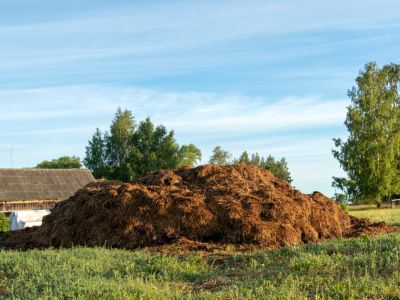What is Green Manure?
Green manure is a term used to describe specific plant or crop varieties that are grown and turned into the soil to improve its overall quality. A green manure crop can be cut and then plowed into the soil or simply left in the ground for an extended period prior to tilling garden areas. Examples of green manure crops include grass mixtures and legume plants. Some of the most commonly used are:
Annual ryegrass Vetch Clover Peas Winter wheat Alfalfa
Green Manure Crop Benefits
The growing and turning of green manure cover crops provides additional nutrients and organic matter to the soil. When incorporated into the soil, these plants break down, eventually releasing important nutrients, such as nitrogen, that are necessary for adequate plant growth. It also increases soil drainage and water retention capabilities. In addition to adding nutrients and organic materials to the soil, green manure crops can be grown to scavenge leftover nutrients following the harvest season. This helps prevent leaching, soil erosion, and weed growth.
Making Green Manure
When making green manure cover crops, consider the season, the site, and the specific needs of the soil. For instance, a good green manure crop for fall or winter would be a cool-season grass like winter rye. Heat-loving crops, like beans, are good for spring and summer. For garden areas in need of additional nitrogen, legumes, such as clover, are ideal. Green manure crops should be turned just before flowering. However, it is also acceptable to wait until the crop has died off. Since green manure crops grow quickly, they make an ideal choice for amending soil prior to spring planting. Learning more about green manure crops can provide home gardeners with the tools necessary for acquiring the optimal soil quality. The healthier the soil, the greater gardening success.
